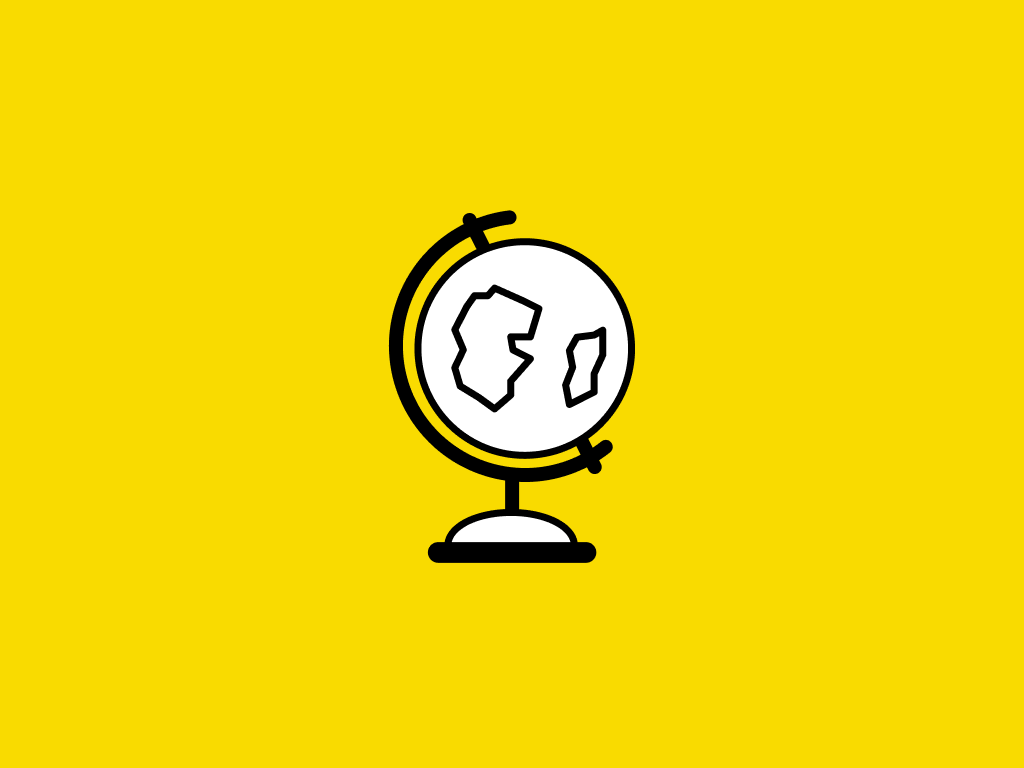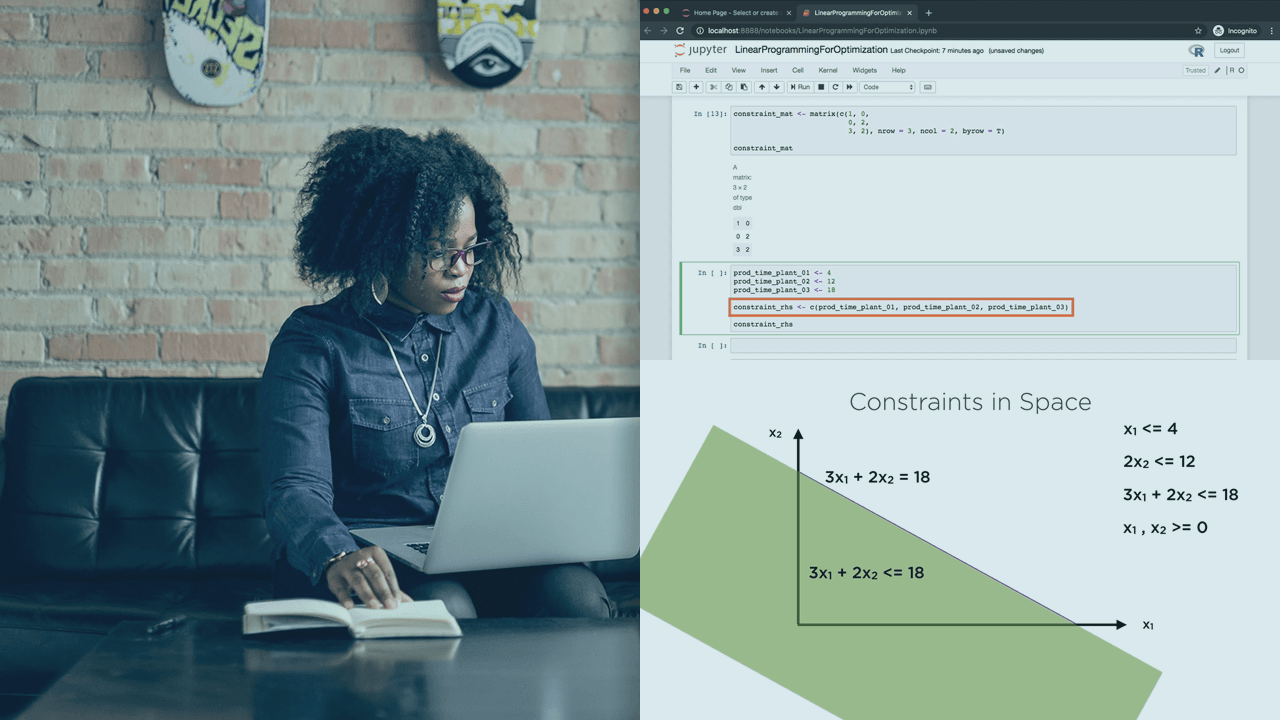
Description
In this 1-hour long project-based course, you will learn how to set up a Google Colab notebook, source data from the internet, load data into Python, merge two datasets, clean data, perform exploratory data analysis, carry out ANOVA and create boxplots. Throughout the course you will work on an Education dataset from World Bank. This will allow you to perform statistical analysis on your own datasets in Python. This project does not require any previous Python or coding experience, but it would be useful for learners to understand the statistical methods covered. The course includes data sourcing and cleaning which are invaluable real world skills, and focuses on visualizing your results which is needed as a large part of any analysis is the storytelling.
Tags
Syllabus
- Project Overview
- By the end of this project, you will learn how to use Python for basic statistics (includingANOVA). You will learn about the important steps of data sourcing and cleaning. You will also learn how to sort, transform and merge datasets. This will enable you to find useful datasets for your future projects. Using exploratory data analysis and ANOVA you will get to know your data. This guided project is for anyone with an interest in performing statistical analysis using Python. This could be someone from a social science background with statistics knowledge. No prior Python or programming experience is needed, but an understanding of the statistical methods we will cover and a Google Account are. We will examine a dataset from World Bank full of Science and Technology indicators from multiple countries in 2009 and 2018. The indicators in this data are all numeric, eg number of patents and trademarks registered. This course will teach you how to deal with missing values, explore outliers in the data, produce descriptive statistics, perform ANOVA and produce charts to visulize your results.

Basic Statistics in Python (ANOVA)
-
TypeOnline Courses
-
ProviderCoursera
- Project Overview
- By the end of this project, you will learn how to use Python for basic statistics (includingANOVA). You will learn about the important steps of data sourcing and cleaning. You will also learn how to sort, transform and merge datasets. This will enable you to find useful datasets for your future projects. Using exploratory data analysis and ANOVA you will get to know your data. This guided project is for anyone with an interest in performing statistical analysis using Python. This could be someone from a social science background with statistics knowledge. No prior Python or programming experience is needed, but an understanding of the statistical methods we will cover and a Google Account are. We will examine a dataset from World Bank full of Science and Technology indicators from multiple countries in 2009 and 2018. The indicators in this data are all numeric, eg number of patents and trademarks registered. This course will teach you how to deal with missing values, explore outliers in the data, produce descriptive statistics, perform ANOVA and produce charts to visulize your results.
Tags
Related Courses


Predictive Modeling and Analytics

Introduction to Bayesian Statistics Using R

Cálculo Diferencial e Integral unidos por el Teorema Fundamental del Cálculo

Bachelor of Computer Science

Solving Problems with Numerical Methods

General Calculus II

Vector Calculus

Understanding Multivariable Calculus: Problems, Solutions, and Tips

Precalculus Algebra: Certificate Program

JEE (Advanced): Study Guide & Test Prep


 Online Courses
Online Courses  Coursera
Coursera
